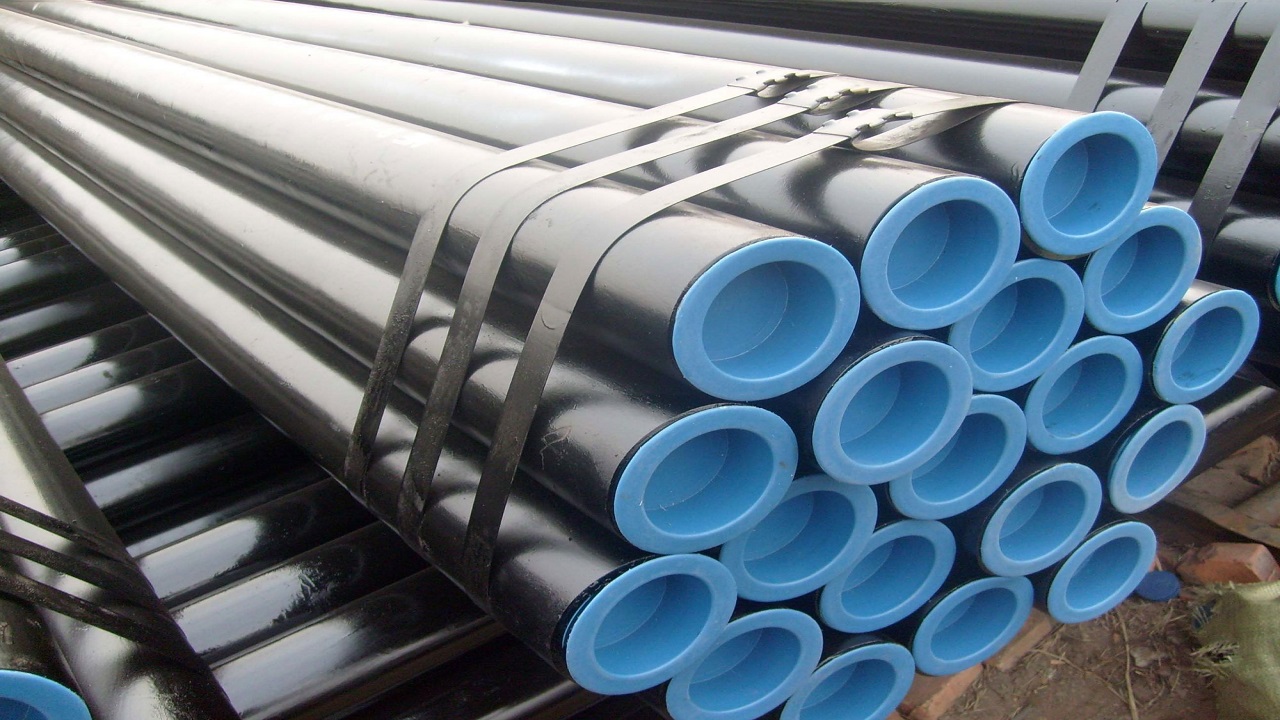The selection of appropriate pipes depends on understanding the nominal diameter, which represents a fundamental pipe measurement. This measurement term depends on the standardization of pipe dimensions. Your understanding of nominal diameter enables you to choose appropriate pipes for plumbing, construction, and industrial applications. Check out https://www.tuspipe.com/blog/nominal-diameter/ to deeply understand how Tuspipe has guided the nominal diameter.
What Is Nominal Diameter?
The standard measurement for pipe size description is known as nominal diameter (ND). The nominal diameter system functions as a basic identification method instead of measuring precise dimensions inside or outside the pipe. The standardized pipe sizing system enables simpler matching between different components and pipes. A pipe with a 2-inch nominal diameter label does not possess exact dimensions of 2 inches for its internal or external measurements. The actual dimensions of a pipe depend on the material composition and wall thickness of the pipe. The standardized system eases production and ordering processes and maintains interoperability between various applications.
Nominal Diameter vs. Actual Diameter
People frequently mix up the term nominal diameter with actual diameter. The actual diameter represents the precise measurement of pipe dimensions that includes the inside width and the outside width measurements. The nominal diameter exists as a rounded-off number, which serves classification purposes. Steel pipes designated with a 2-inch nominal diameter feature an outside measurement of 2.375 inches. The nominal diameter measurement for plastic pipes differs between different products. Manufacturing standards, together with material thickness, cause this dimensional variation. The distinction between actual and nominal diameter becomes essential for selecting pipes in projects that need precise measurements, like industrial piping and plumbing systems.
How Nominal Diameter Is Used
The standardization and simplified communication of various industries depend on nominal diameter measurements. Plumbing professionals use nominal diameter to speed up their work when selecting and installing the right pipes because they do not need to measure each piece separately. Construction projects benefit from nominal diameter because it enables structural elements to join perfectly with drainage systems. Nominal diameter measurements guide the design of industrial pipes that convey liquids, gases, and chemicals. The system performs well when linking pipes constructed from different materials such as steel, copper, and PVC. Engineers and manufacturers can create compatible fittings and accessories using nominal diameters since every material has unique characteristics and thickness.
Standard Pipe Sizing Systems
Multiple recognized systems use nominal diameter as their main method for pipe classification. The most common ones include:
- The American National Standards Institute (ANSI) applies Nominal Pipe Size (NPS) as its standard terminology for steel pipes throughout the United States.
- The International Organization for Standardization (ISO) has established a worldwide standard that uses DN (diamètre nominal) sizes in millimeters to identify various materials.
- British Standard Pipe (BSP) operates across the United Kingdom and additional territories through separate size standards for threaded pipes.
The multiple naming systems function together as a standardized way to establish a common language for measuring pipe dimensions.
Choosing the Right Pipe Based on Nominal Diameter
The process of selecting appropriate pipes requires more than a basic examination of nominal diameter measurements. The selection process requires consideration of wall thickness together with pressure rating and application type. The water supply system needs a pipe with an increased nominal diameter to enhance flow, but gas pipelines require additional wall thickness for safety purposes. Structural applications need exact pipe dimensioning to maintain stability alongside load-bearing functions. Knowledge about the relationship between nominal diameter and practical pipe uses enables better purchasing and installation decisions for pipes.
The Role of Pipe Schedules in Nominal Diameter
The pipe schedule, together with the nominal diameter, determines the overall dimensions of pipe systems. The schedule number refers to the wall thickness of the pipe. Different schedule ratings determine the thickness of pipes that have the same nominal diameter. A 2-inch Schedule 40 steel pipe maintains different wall dimensions than a 2-inch Schedule 80 pipe. The strength of pipes against pressure increases with wall thickness, yet this strength comes at the expense of decreased flow capacity inside the pipe. The combination of nominal diameter information with pipe schedules enables users to select the right pipe for their particular needs.
Conclusion
The standardization of pipe selection across industries depends on nominal diameter as a classification method. The standard does not show actual pipe dimensions but creates a universal system that enhances order placement and installation processes. The relationship between nominal diameter and actual diameter, and material differences, and pipe schedules enable better decision-making for selecting pipes based on their intended applications. The understanding of this fundamental measurement leads to better selection outcomes for plumbing systems and construction projects as well as industrial applications.

